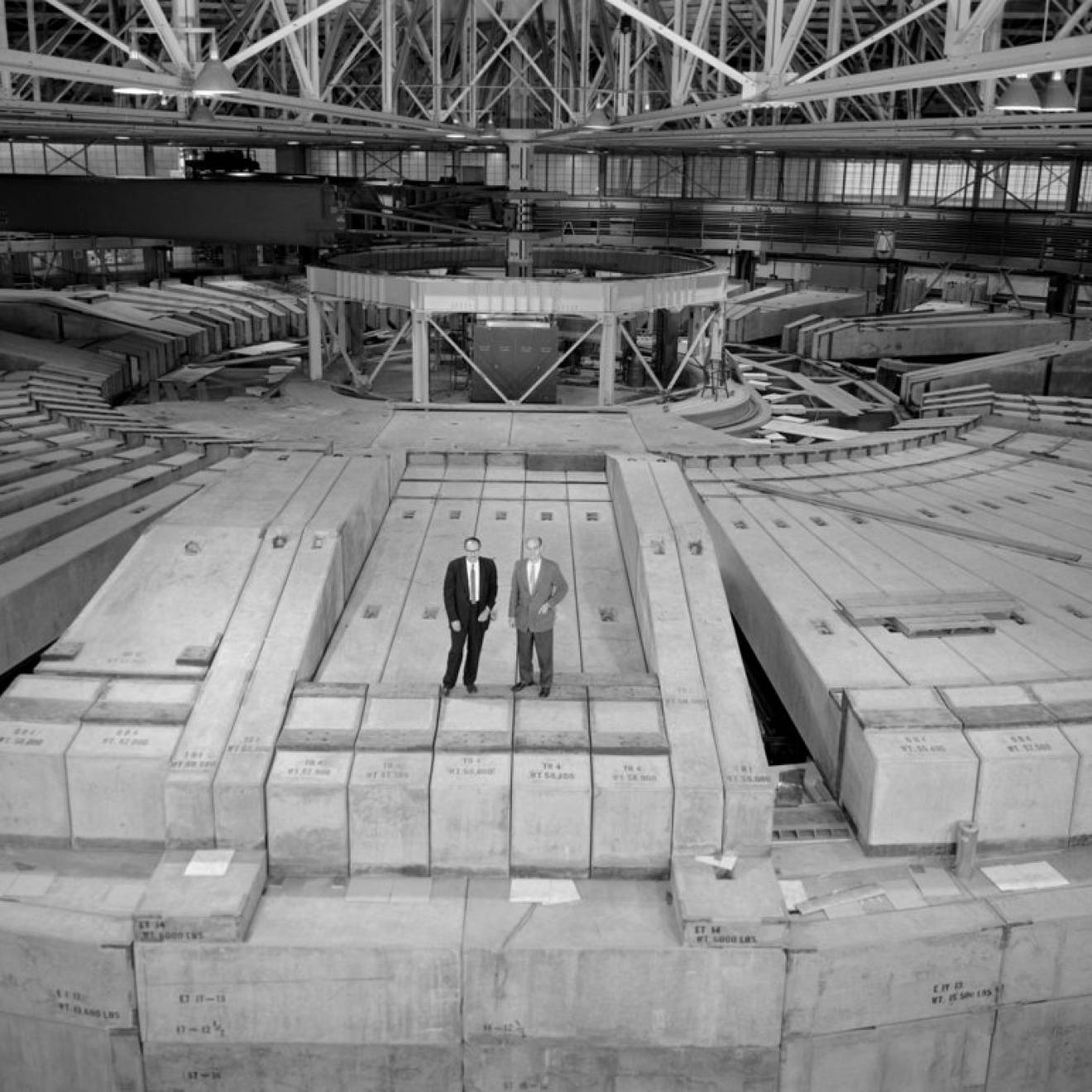Harry Mok, UC Newsroom
A new lab on the UCLA campus is more than just a place for cutting-edge research into paraplegia and cancer: It is the 100th green-certified facility in the UC system, a milestone in sustainability that puts it far ahead of other universities around the nation.
UCLA's new Clinical and Translational Research Center — a former hospital emergency room that was transformed with environmental concerns in mind — was ranked LEED Gold in August by the U.S. Green Building Council.
LEED is a ranking system that rates facilities for their environmental impact in areas like water savings, energy efficiency, waste reduction, materials selection and indoor environmental quality.
The UC system is the first American university to have 100 LEED-certified facilities, followed by Harvard, which had 75 as of May 2012.
 UCs intensive effort to go green is the right thing to do, and also has been a smart financial move, said Nurit Katz, chief sustainability officer at UCLA.
UCs intensive effort to go green is the right thing to do, and also has been a smart financial move, said Nurit Katz, chief sustainability officer at UCLA.
"These green building projects provide additional savings on top of the $90 million saved through UC's energy-efficiency projects done in partnership with state utilities," Katz said. "Those savings mean more resources for the students and for our education and research mission."
A LEED-certified building or facility has lower operational costs because it's designed to use less energy and water while creating an environmentally friendly and healthier space for its occupants.
LEED, or Leadership in Energy and Environmental Design, is the industry-standard third-party certification program created by the U.S. Green Building Council that incorporates a whole-building approach to sustainability.
"What an impressive milestone, having achieved 100 LEED certifications, the most of any university system in country to date," said Kristin Ferguson of the Center for Green Schools at USGBC. "The University of California's high commitment to greening its campuses gives other institutions a benchmark to work toward, representing the type of holistic leadership that leads to lasting change. I look forward to celebrating the next 100 certifications soon."
UC committed to using green construction methods in 2002, as part of its first Policy for Sustainable Practices. The systemwide policy has evolved and broadened since then, and now includes mandates for clean energy, transportation, climate protection, sustainable operations, waste reduction and recycling, environmentally preferable purchasing and sustainable foodservice.
"We believe strongly in these efforts, and we will continue to lead by example when it comes to sustainability and environmental stewardship," said Nathan Brostrom, the UC system's executive vice president for business operations, who oversees sustainability efforts.

